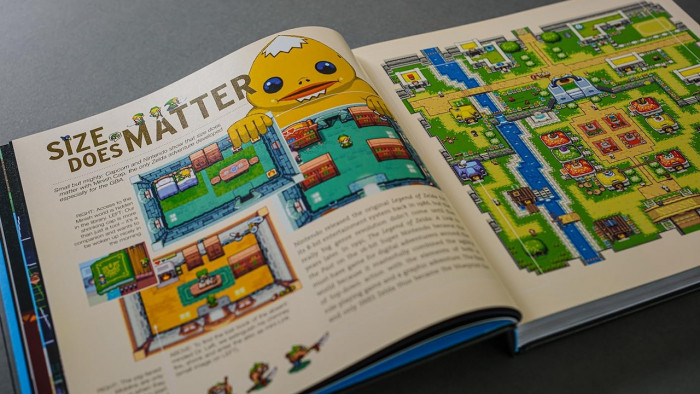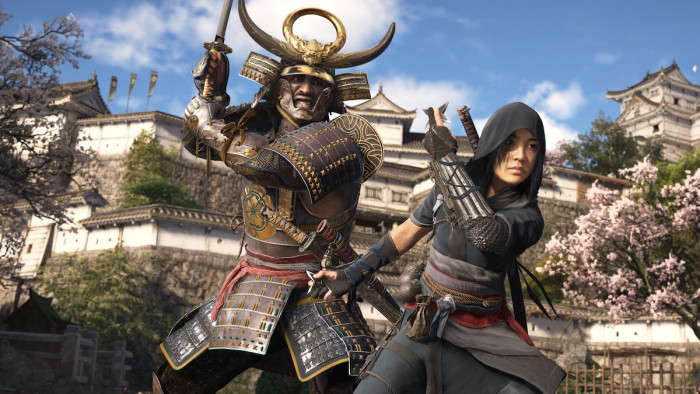Aliens. Iron Man. Elysium. Science fiction has always had a soft spot for the exo suit - a body enhancing union of man and machine that leaves regular muscle-bound heroes looking a little weak kneed.
The recently released Call of Duty: Advanced Warfare is the latest title to build on this familiar sci-fi trope, placing its near-future soldiers in the combat-enhancing exo suits of the Atlas Corporation: Need to jump that wall? Not a problem. Sprint for cover? Got it. Scale to improbable heights with a grapple line? Obviously.
While none of this is new to the world of futuristic shooters, what's notable about Advanced Warfare's suits - and indeed, much of its tech - is that it's grounded in current research projects. These aren't just grand visions plucked from a game designer's imagination - there are groups out there making the exo suit of the future, today. We spoke to Sledgehammer Games' creative director Bret Robbins to discover the facts behind the fiction.

"We did extensive research on the exoskeleton to see how realistic it is, and what kinds of plans the US military has for it in the future," says Robbins. "We were surprised to learn that there were already prototypes being built, for both military and civilian use.
"While the current designs are mostly based around strength augmentation (such as being able to carry more weight on the battlefield), we took it further, imagining what the exo could be like 40 years in the future. We ended up basing most of our player mechanics around the exo, such as boost jumping and grappling. It helped to give cohesion to the game world; every soldier is fitted with an exoskeleton, and they can change its abilities based on their mission."
The American advanced technology and defense company Lockheed Martin has been tinkering away on its own exo suit since 2009 - partnering with Ekso Bionics to create the Human Universal Load Carrier, or rather brilliantly, the HULC. A hydraulic-powered heavy lifter, the HULC can allow soldiers to carry loads of 68kg and run at a constant pace of 10mph. One of their latest models, the Fortis, is even being used by the US military in its naval shipyards, reducing lower back injuries and helping workers with manual tasks - you can see it in action in the following video.
"We worked with several military advisors as well as futurists over the course of the project," explains Robbins. "We had a contractor from the US Department of Defence help us with future military scenarios and war games. Two former Tier One operators helped with mission scenarios and future gear, as well as dialogue authenticity. It’s always one of my favourite parts of the job, to work with these guys who I have the upmost respect for."

While power lifters and work aids similar to Aliens iconic yellow Power Lifter are being used by some sections of the US military, the high-jumping, grappling tech of Advanced Warfare isn't as far away as you might think. "I think we could see exos being used very soon, in the next few years", said Robbins. "Almost everything we envisioned in Advanced Warfare has some nugget of truth to it, in terms of real world application. Things like augmented reality on the battlefield, being able to see through walls, smart munitions, cloaking, are all in some stage of development. Sometimes we would get inspired by doing research and put something in the game that we read about, but more often we would come up with some wild idea, and then realize that it was already being developed, to our surprise. Sometimes truth is stranger than fiction."
So there you have it - don't act all surprised when a cloaking hoverbike pulls up beside you in a couple of years time.
Call of Duty: Avanced Warfare is out now
Latest
Related Reviews and Shortlists










